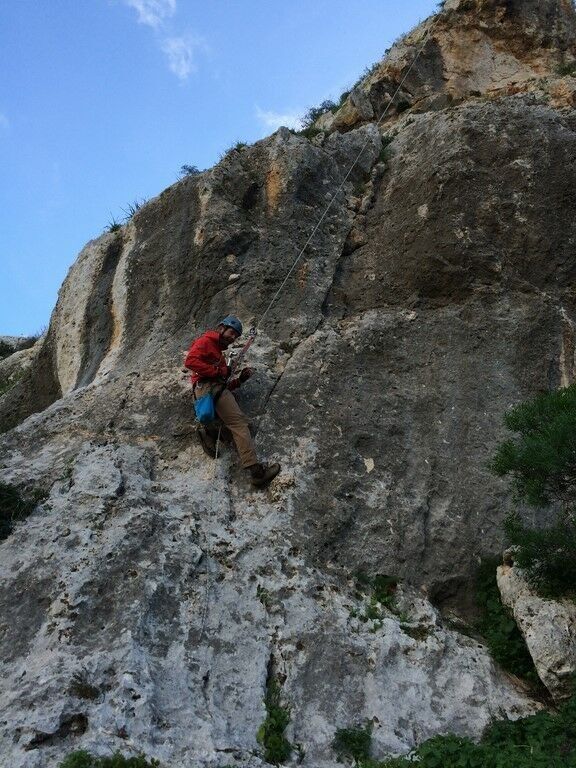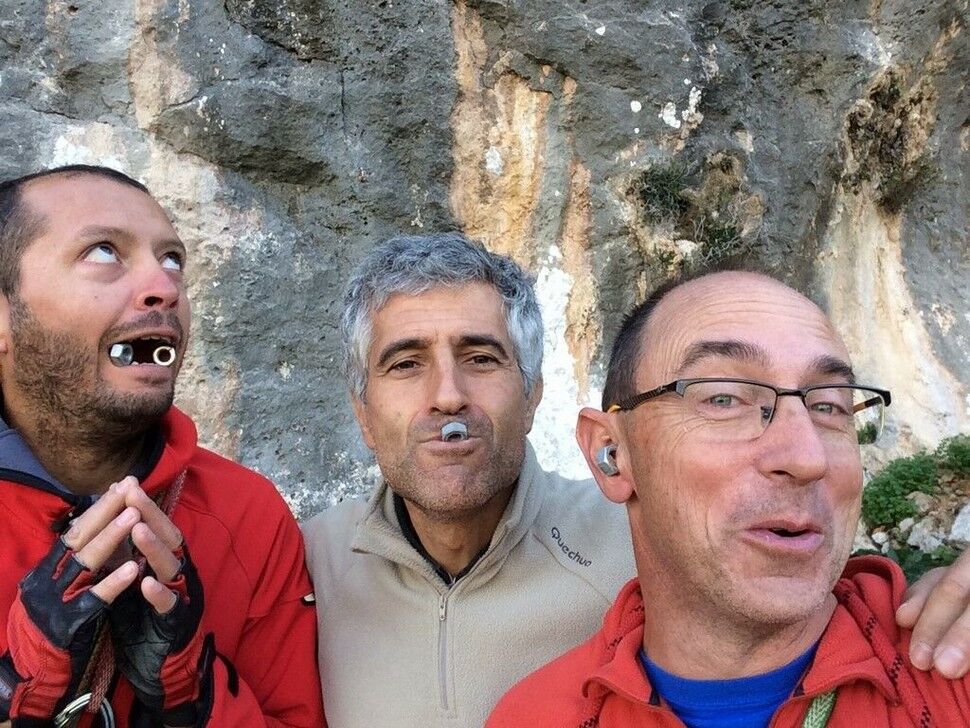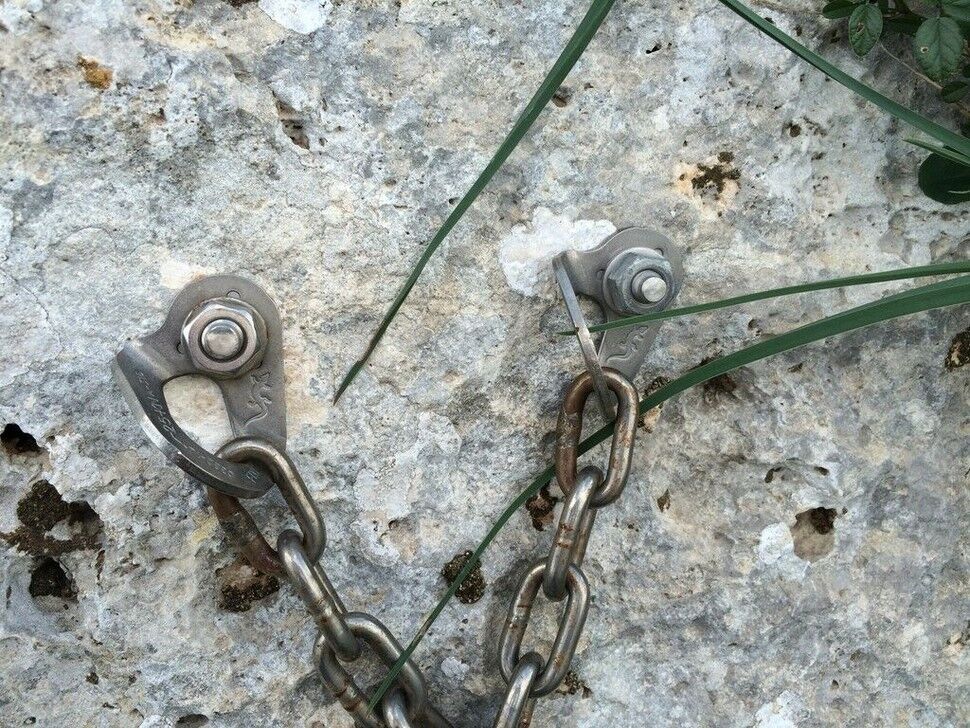

About two weeks ago we realised that the nuts which were supplied with our most recent shipment of bolts from Fixe were defective – they were not made of 316 marine steel as indicated by the manufacturer’s markings on the nuts, but of some inferior metal. The defect was noticed by three different sources from the climbing community almost simultaneously and a check of our records quickly indicated that the problem could be traced to the latest shipment of 12mm 316 marine steel expansion bolts from Fixe. I immediately contacted the company, who apologised and offered to replace the nuts, while investigating what could have happened from their end.
From the start of the MTA-MRCC Bolting Project in 2005 the bolts we have purchased and installed from Fixe have been 316 marine stainless steel. This is because from the outset of the project Richie Abela and I immediately realised that the climbing environment in Malta can be considered a marine environment, even on inland crags. Therefore these bolts, even though much more expensive than ordinary stainless steel bolts, were set as the standard for the island. Thankfully the funding from the MTA allowed us to invest in these more expensive bolts in order to ensure the longevity of the installations we were to make.
In the case of this defective supply, the problem stems from a phenomenon called galvanic corrosion. When two different metals are in contact in an environment which promotes corrosion (i.e. where water, air and especially salt as a catalyst are present) electrolysis occurs between the differing metals and speeds up the corrosion of one of the metals dramatically. In this case, it is lucky that the nuts were the affected part of the assembly, so damage is restricted to the most easily replaceable part of the bolt.
Rather than waiting for Fixe to send down replacement nuts, we found a source of 316 marine steel nuts locally, purchased the quantity needed and went out and replaced the nuts, to stop any further corrosion from taking place. Most of the defective nuts were installed over the last couple of months at Cat’s Arches so our man Aylwyn kindly spent an afternoon abseiling down the routes and replacing nuts. The next morning Aylwyn, Nicola and I returned to finish the last remaining few at CA and replace some more that had been installed at Honey Buttress. That covers most of the defective nuts. We still need to visit Għar Lapsi to replace a few in Learning to Fly Cave and two nuts on my route Salamanca at Xaqqa. There is also one nut needing replacement at Dwejra in Gozo, which will be done over the Christmas holidays.
While it is a shame that this problem occurred, to be fair Fixe have had a very good track record over the nine years of the MTA-MRCC Bolting Project. Aside from this problem, which was easy to fix, there was one other defective item supplied, which was a top anchor installed on Bonny Prince Albert 6a at Terry’s Cave in Għar Lapsi. In that case the carabiner incorporated in the anchor developed a surface covering of severe rust within a few weeks of installation. Again Fixe were prompt in replacing the defective item with 20 top anchors (because we suspected the entire shipment was defective). As it transpired, this was the only anchor that developed the problem.
As always we remain vigilant for any problems that occur during the work of installing new sport routes around the islands. It is in everyone’s interest to do the same and report any problems directly to the people responsible for the installation to ensure the problem is rectified in the shortest possible time to minimise any risks of equipment failure.




